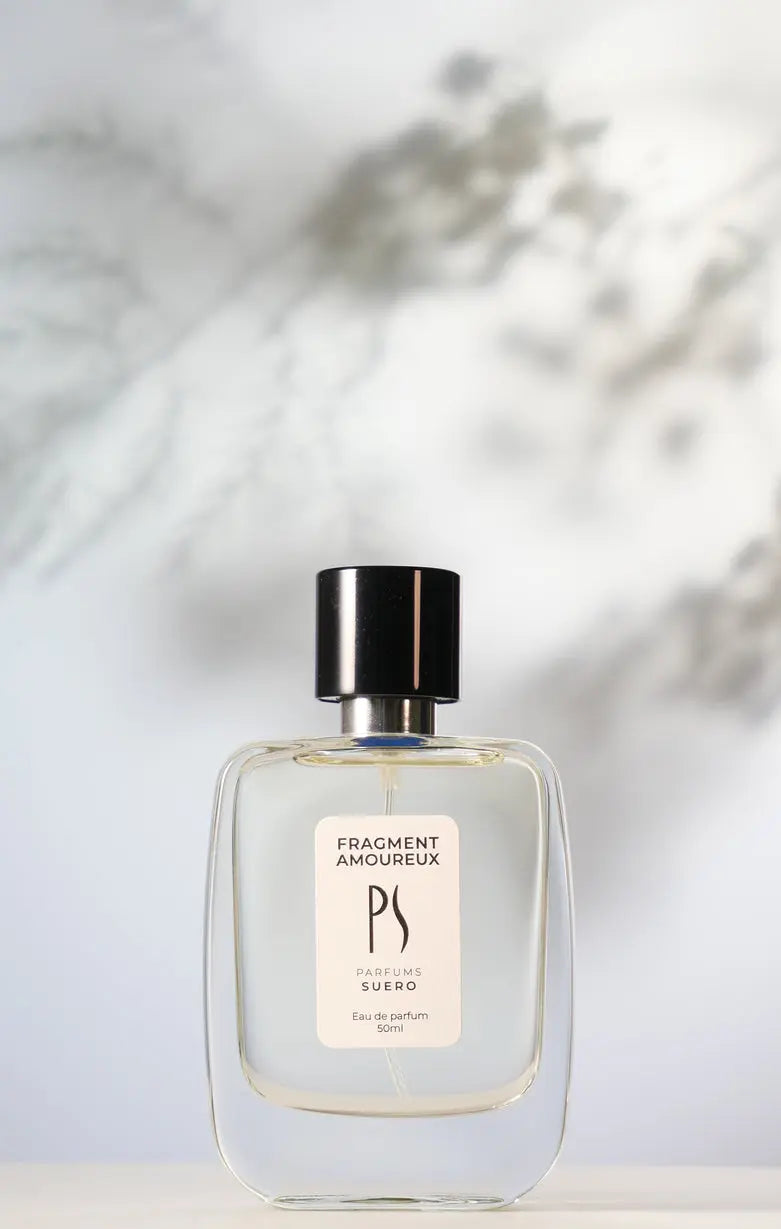
Behind the scenes of creation
What gives birth to a perfume?
The answer is multiple. Sometimes it all starts with a personal request, a note from a loved one. Other times, it's an ingredient that catches my eye, a material I want to explore. Or it's the encounter between two scents that, juxtaposed, give birth to a third. In those rare moments, when 1 + 1 = 3, the magic happens.
Perfumery thrives on these unexpected combinations. Some have become famous throughout history: patchouli and lily of the valley, sandalwood and rose, amber and vanilla. The ancient art was based on these simple and stable accords, known for their immutable balance. Today, the perfumer's work remains an art of juxtaposition, but the palette has expanded immensely. The quest is for the new accord, the surprise, the never-before-seen.
Experimentation as a path
In this profession, experimentation is the alpha and omega. You can never assume that a pairing will work: you have to try it, confront it with reality. Every day, I compose, I reconcile, I listen to the materials. Sometimes the revelation is immediate, almost accidental. Sometimes you have to persist, search, return again. Sometimes this path is a dead end and I must then abandon it. Intuition and patience are constantly intertwined.
Intuition guided by rigor
Choosing and assembling raw materials relies above all on intuition. This intuition isn't a raw instinct: it's based on years of practice, on an intimate knowledge of the facets of each ingredient. Because juxtaposing isn't enough: you also have to feel the tension that arises from their encounter. And, sometimes, you have to introduce a third element that connects two recalcitrant materials so that the harmony finally comes to life.
A good perfume, in my opinion, often rests on five or six essential ingredients. They form the foundation, about 60% of the formula. The rest is details, subtle adjustments, embellishments that add depth and texture. The art then lies in avoiding redundancies, in remaining simple and robust.
The discipline behind inspiration
Intuition and rigor are inseparable. Creating is both letting desire flow and knowing how to judge the result without compromise. Dosage is a question of proportion, and evaluation requires distance: sometimes you have to let a chord rest for a day, a week, before coming back to listen to it. It's also a writing discipline: writing everything down, recording everything, so as not to lose the thread.
Creation is never linear. It advances through forks, backtracking, and new beginnings. Some fragrances can be mastered quickly, while others take months. Fragments Amoureux , for example, required a long and meticulous process. Its powerful and intrusive green notes had to be tamed, softened without ever smothering them. It is precisely this tension that gives it its unique character.

